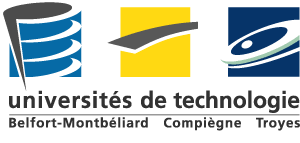We report the feasibility of electrospinning of protein‐polymer multilayered scaffolds with selected materials such as non‐hydrolyzed silk sericin (SS), polyethylene oxide (PEO), and polylactic acid (PLA), with tuned fiber size and properties for each layer. We present a new innovative way for the electrospinning (ES) of non‐hydrolyzed SS mixed with PEO yielding fibers with an average diameter ranging between 120 and 150 nm. Different SS:PEO ratios have been electrospun to study the effect of the concentration of SS protein on the fibers size and shape, as well and their electrospinnability. Electrospun SS:PEO fibers display weak to no mechanical resistance (non‐measurable) and their deposition onto a sturdier scaffold is necessary to allow their use in biomedical and/or pharmaceutical fields. Therefore, bilayer scaffolds have been fabricated consisting of a PLA support and SS:PEO fibers obtained from the optimized SS:PEO ratio (1.2:4). They are composed of a sturdy hydrophobic layer of PLA fibers and a layer of sticky hydrophilic SS:PEO fibers. The scaffolds have been characterized extensively by Fourier transforms infra‐red (FTIR) spectroscopy, X‐ray diffraction (XRD), scanning electron microscopy (SEM), and their resistance to mechanical stress. Finally, hydrophobicity of both layers has been determined by measuring the contact angle of water droplets on the scaffolds, further proving the bilayer nature of the scaffolds.
  |
|
Consultation résumés par auteur > Bedoui FahmiElectrospinning of ultrafine non-hydrolyzed silk sericin/PEO fibers on PLA : a bilayer scaffold fabrication
1 : Roberval Laboratory Université de Technologie de Compiègne [Compiègne]
|



